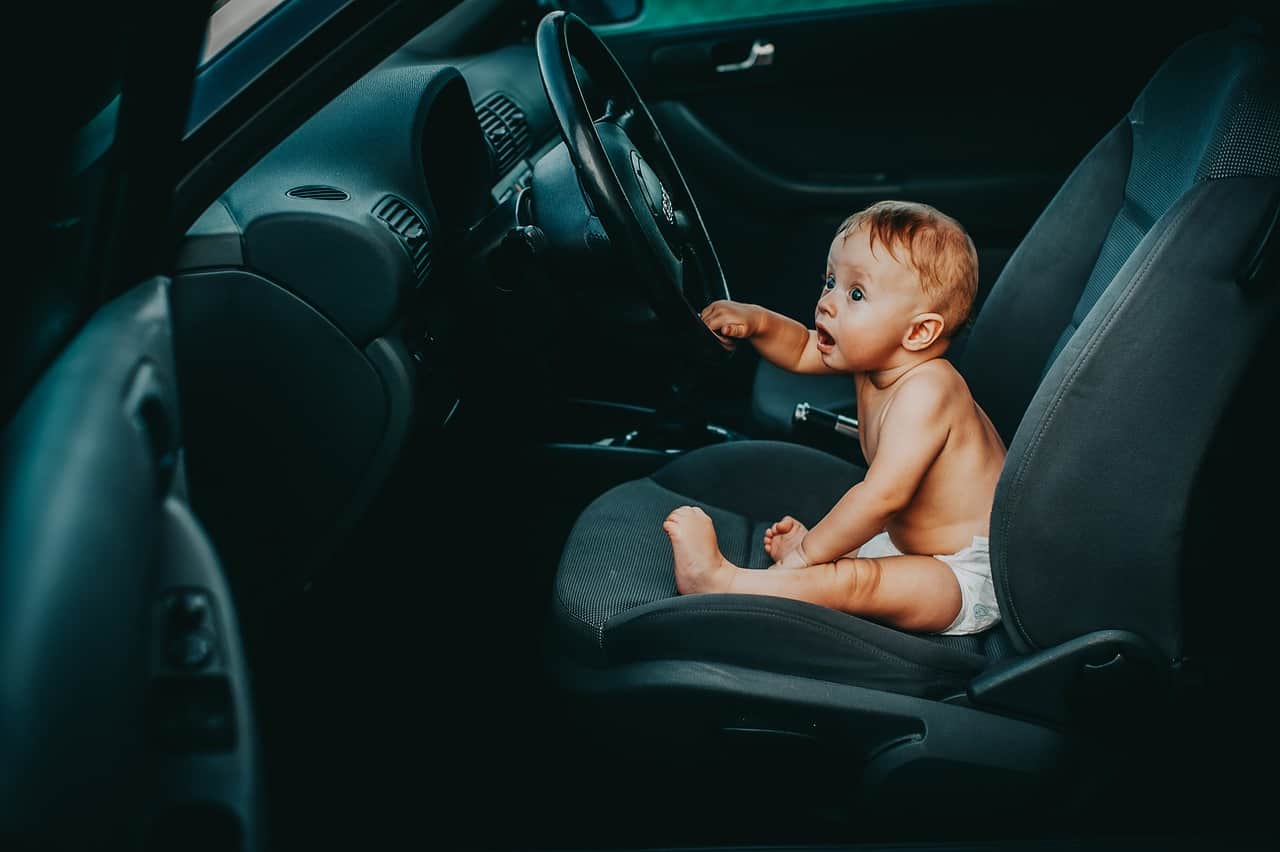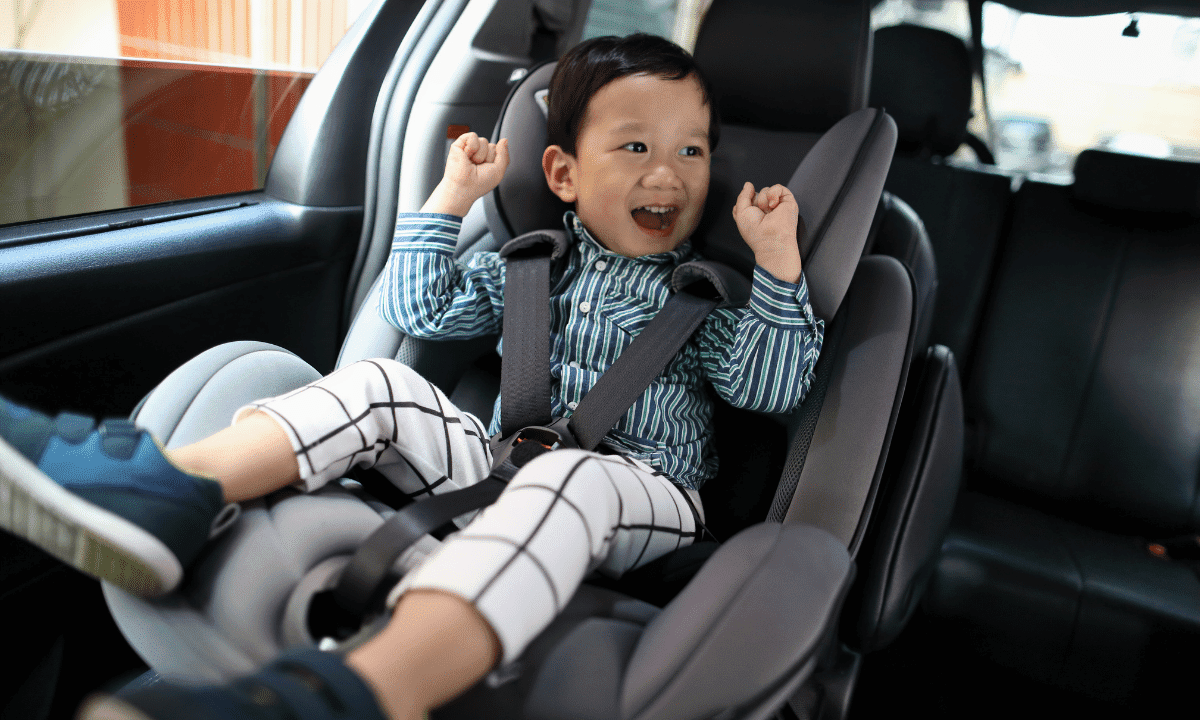The car seat is essential for keeping your child safe, so staying informed on the most up-to-date information about recommended usage guidelines is necessary.
So, when should you switch your baby car seat to a convertible car seat? It can be pretty challenging to know when the time is right for your child. Keep reading to learn more about when you should switch your baby car seat to a convertible car seat.

Table of Contents
Baby Car Seat vs. Convertible Car Seat
When traveling with your baby, choosing the right car seat is essential.
Infants are small and must be seated in a car seat with an infant slot designed for children who weigh less than 20 pounds. Convertible car seats are suitable for babies up to 40 inches tall but don’t provide as many protection or adjustability options as the infant car seat.
Now, we’ll examine the differences between a baby and a convertible car seat.
Baby Car Seats
The lightweight infant car seat is a popular choice for parents with a new baby. This car seat attaches to your vehicle’s base and can only be used rear-facing, making it an excellent option if you plan on driving with children.
The infant car seat has a click-off easy button to release and remove. It also features handles for carrying your little one out of the car and over your shoulders, making it super simple to transport them anywhere you need!
Baby car seats are often sold as part of a travel system stroller. The benefits include the ability to affix an infant seat without taking your baby out of it while you drive and using one set for every stage in their life. It also means you won’t have to remove your baby from their car seat to attach the baby seat to the stroller.
There are a few exceptions for car seats: If your child is old enough to sit independently, you should keep them in a car seat for at least one hour after napping.
It’s best not to put your sleeping baby in a car seat when you return home or go somewhere else because this may cause an unexpected situation. When not in the car, your baby should be placed alone on their back with nothing else around them. They need a crib bassinet or play yard with an even surface and no blankets to ensure comfort and safety.
Convertible Car Seats
Infants and toddlers need protection in a rear-facing position for the first few years of their life, but once those limits have been reached you can turn your baby around so they face forward in the car.
The American Academy Of Pediatrics (AAP) has long recommended that children remain rear-facing until they reach the maximum height or weight limit for their car seats, depending on the type of car seat you own.
Your baby should use a booster seat until they reach the maximum height or weight for the car seat position. It’s important to note how much more restrictive forward-facing is than the rear-facing seat position, so keep this in mind when deciding on a safe spot.
Keep your baby safe and sound with a car seat specifically designed for them. Your convertible may come equipped with inserts that can be used as needed, but don’t add any extra accessories without consulting the manual first.
When To Switch Baby To Convertible Car Seat
- First and foremost, read your car seat’s instructions and double-check your specific seat’s weight and height limits. Then wait until your baby has passed one of those milestones.
- When your child outgrows the infant seat before they reach the weight restriction, many rear-facing infant seats have weight restrictions of 30 pounds or more, but few have corresponding height limitations. So don’t be alarmed if your child outgrows the infant seat long before reaching the limit set by that device.
- When you decide to move up a seat, don’t switch the way your baby faces in the vehicle. The American Academy of Pediatrics advises against changing car seats from the rear-facing position until they are two years old. If there is an accident, rear-facing is safer for your baby.
- The crash tests show that an infant seat is more dangerous than a rear-facing convertible car seat, as in almost half the crashes when tested with 12-month-old dummies’ heads hit their own back. But only 4% happened while using the convertible seat.
- Rear-facing car seats will have more protection from hard surfaces behind them. A child in a convertible seat has the least amount of shell above their head, making it much less likely that they’ll hit something like your seat back or even worse.
- You may have heard that babies should stay in an infant car seat until they are 2 years old. But what happens when your baby outgrows it? It’s time for them to move into convertible car-seating arrangements, like forward-facing seats or booster mode.
Final Thoughts
The decision to switch from a traditional car seat is one that you should not take lightly. When selecting and installing your new convertible or infant seat, be sure to consider specific safety considerations so your baby will remain safe and comfortable in the car.

